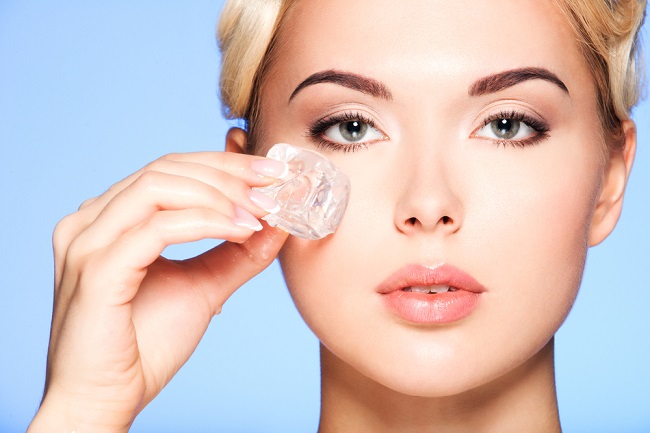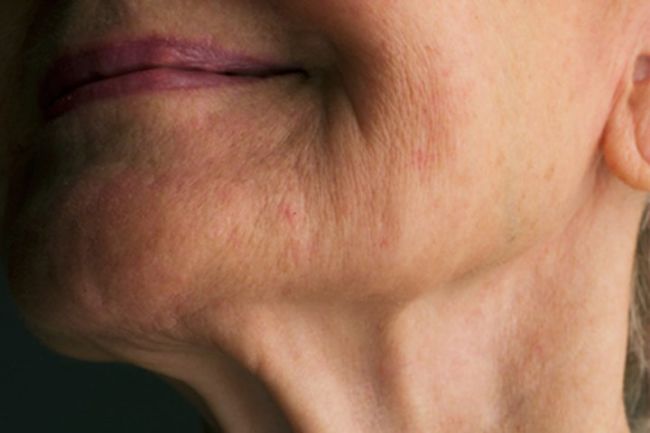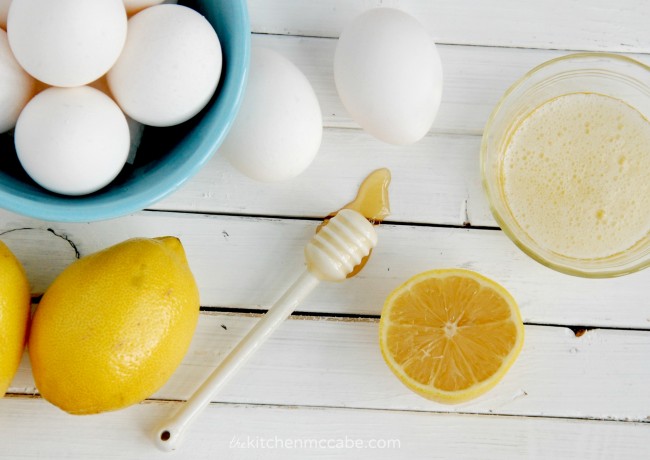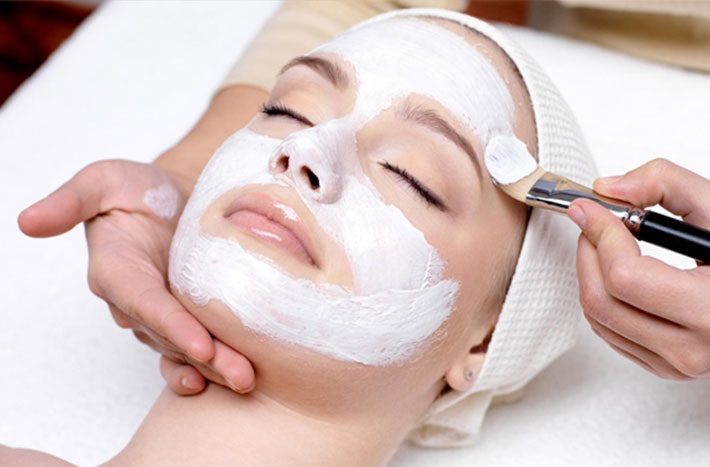There’s a lot we don’t know about beauty monopolies. They have a lot of secrets that we have no idea about. Almost everyone uses beauty products almost daily, but there are some secret things they’ll never want you to know. We spend a lot of money on these types of products and according to a survey; an average woman spends $15,000 dollars on beauty products throughout her life. That’s a lot of money to spend nothing else on your face. So what are those higher secrets that beauty monopolies don’t want you to know?
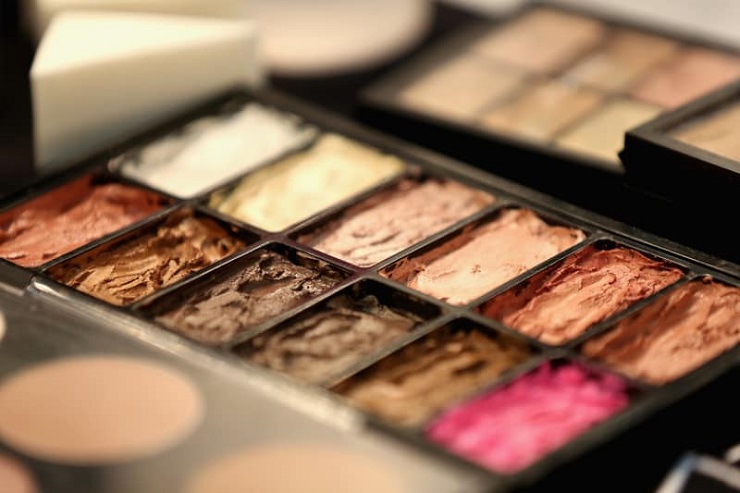
Secrets that beauty monopolies don’t want you to know
1. Cellulite creams don’t work
You may have cellulite creams that promise to reduce the lumpy appearance on your legs, thighs or other parts of your body, but that’s not the case. It will hurt, but buying a lotion that promises to get rid of cellulite from your body forever is a waste of money. Many women have cellulite, and if these creams really work, the percentage of women with cellulite would be much lower, but it is not and 70% of women have cellulite, let’s say it is a natural part of the woman’s body, which while it can be holistically decreased certain dietary, beauty and exercise routines , it will never go away altogether.
2. Sunscreen is important
A secret of beauty monopolies is that gels, creams and “anti-aging” products cannot reverse the effects and signs of aging. The only thing that has been shown to protect your skin from premature aging is sunscreen. Prevention is the number one key to aging. Sunscreen is very important and should be applied more than once during the day. Look for those that are not toxic to your skin.
3. You’re losing money on luxury brands
The difference between luxury brands and their pharmacy counterparts is mostly packaging. Beauty companies often use the same product and just wrap it differently to make it look more expensive for luxury stores (like using glass packaging) or less expensive for pharmacies (like using plastic).
4. Most age-defying products don’t work
Most products designed to help erase the signs of aging are the hype of marketing. Studies show that if the products do not contain a derivative of vitamin A, such as retinol or retinaldehyde, and also L-ascorbic acid, they will not work.
5. The terms “not comedogenic” and “hypoallergenic” are false
They usually mean absolutely nothing in terms of product characteristics and are not applied scientifically. There are no government guidelines for testing these products and the words are ingeniously invented or misapplied by the marketing industry to make a product appear to be “cleaner.”
6. Your products may not be safe
What you can’t know is that your governments don’t review the safety of cosmetics before they go to market. The work is left to individual companies and, unfortunately, they are doing a bad job. In the United States alone, fewer than a dozen chemicals have been banned compared to Europe, which has banned more than 1,100.
7. Organic does not equal safe
Federal standards exist only for organic products made from agricultural products, not chemicals. Many organic products still contain ingredients that can be harmful to your skin and body.
8. Aerosols are good for you
They contain harmful fumes that reach your lungs, head and bloodstream. It is best to spray the product on your hands first and then apply if you choose to use such a product.
9. Your lipstick may contain lead
In 2012, the FDA found that 400 shades of lipstick had traces of lead. Although it’s unclear how these amounts of the toxic metal can affect your health, it’s probably best to avoid any product that contains it.
10. You must spend your money on good brushes
Even the best makeup will look bad with low-quality brushes being sold in abundance in beauty supermarkets. Invest in the best you can afford so that your makeup continues evenly and can be applied correctly.
11. The word “fragrance” can mean “storm of chemicals”
Cosmetics companies are allowed to use the word fragrance instead of the list of exact chemicals in the product. The safe cosmetics campaign found an average of 14 chemicals in 17 branded fragrance products.
12. No perfume is not the same as no fragrance
Even unscented products are allowed to contain “masked” fragrances designed to hide the odors of certain chemicals. Fragrances are considered superior allergens that may also contain hormone disruptors. If you check the ingredients, see if the word “fragrance” is listed.
13. Your products may contain carcinogens
Two out of five beauty products contain formaldehyde, a known carcinogen. It is not understood exactly how formaldehyde can do harm, but you can avoid exposure to this horrible chemical by removing the products that contain the following from their ingredient lists: DMDM hydantoin, imidazoleidyl urea, diazolidinyl urea, sodium hydroxymethylglycinate or bronopol.
14. You don’t have to throw away your semi-empty mascara
As long as your mascara hasn’t expired (they last three months), you can rescue it from an early death. If it’s drying, you can spread your mask for about a week by adding a couple of drops of saline to the tube. Beauty monopolies will never tell you that you can extend its use for another month through this tip that translates into money lost for them.
15. Makeup base can make you look older
Don’t camouflage your flaws with base. It can accentuate wrinkles and makes you look older. To create the illusion of a younger-looking skin, it is better to use the concealer.
16. You don’t need creams and serums to eliminate redness
Choose a concealer with a little green on it and you’ll notice that your pink color disappears. As an advantage, a gold-toned concealer can also make you look younger. Not so many beauty products are needed for this purpose.
17. You don’t need “eye glitter” creams
The trick to making your eyes look fresh and awake is to outline the upper edges of the eyes, (under the eyelashes) with light-colored eyeliner. A white or beige will create the illusion of larger eyeballs, thus making your eyes appear more awake.
18. Beauty monopolies test animals
Animals are still used to assess the safety of cosmetics and personal care products – such as lipstick, mascara, shampoo and colognes. An estimated 500,000 mice, guinea pigs, rats and rabbits suffer and die in these tests every year worldwide. Every ingredient in a cosmetic or personal care product that needs to be tested can be run through numerous and cruel tests. Pain relief is rarely provided and the animals used are always killed at the end of each test.
19. You don’t need a huge palette of shadows designed for every eye color
If you have blue or green eyes, use a shade that has brown, copper, bronze, plum, or terracotta tones. It is best to highlight the brown eyes with blues, purples and greens. Wild colors are fun from time to time, but for a simple look, it’s the easiest to stick to the colors that complement you best.
20. Using an astringent can make your face even more greasy
When natural oils are removed from the face, you signal your body to make even more oil, thus avoiding dry treatments of most alcohol-based astringents. A better option would be to use a non-alcoholic toner to help counteract dryness and maintain an adequate pH.
21. Dust can make you look older
If you’re middle-aged or older, it’s usually best to skip the powder. It can get into your wrinkles and make you look older.
22. No need for luxurious and expensive foot creams
The best way to soften your feet is to mix some natural homemade petroleum jelly into your body cream every day, apply freely to your feet before bedtime, and put on your socks.





